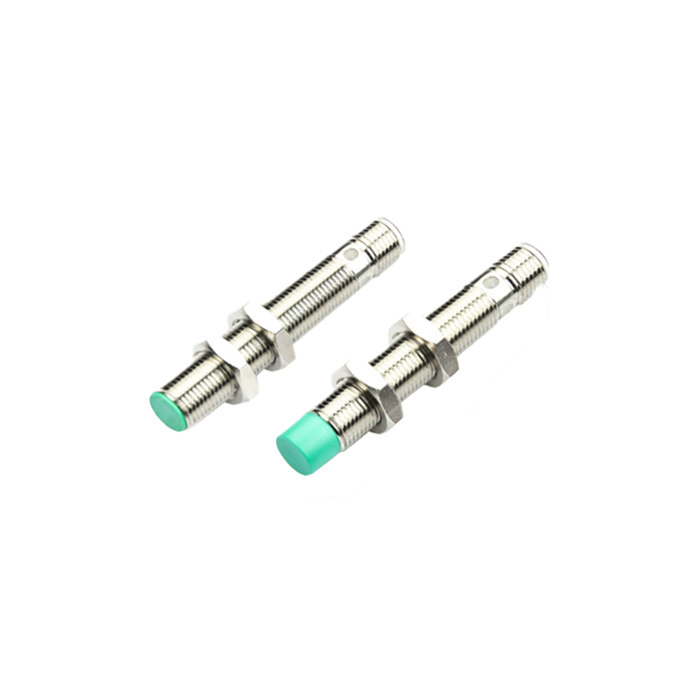
- Products
- Displacement sensor
- Proximity Sensor
- Optical sensor
- Inertial sensor
- Level measurement
- Pressure measurement
- Temperature measurement
- Rotary Encoder
- Connectivity
- I/O modules
- Watersurface Intelligent Life-Saving Equipment
- Contact
- Application Solutions

Cylindrical version Inductive proximity sensor
Senyd inductive proximity sensor is a type of sensor that detects the presence or absence of an object based on its material properties, specifically its conductivity or magnetic permeability. These sensors use electromagnetic induction to generate a magnetic field and detect changes in that field caused by the presence of an object. Inductive sensors are commonly used in industrial automation, robotics, and other applications where non-contact detection of metal objects is required. They are known for their reliability, durability, and ability to operate in harsh environments.

Automation without inductive sensors can hardly be imagined. Wear-resistant, reliable non-contact position detection of metallic objects is required wherever automation is used, whether in mechanical engineering, electronics production, automotive, food, or plastics industries.
Senyd offers a wide range of inductive sensors with diverse designs for nearly any application: from standard sensors to sensors with increased switching distance, hygienic sensors, high-pressure sensors, ex-zone sensors for hazardous areas, and factor 1 sensors. Some sensors have an additional ceramic or PTFE coating so that weld spatter, for example, cannot adhere to them. Sensors that are both factor 1 and all-metal are also available.
Aided by inductive sensors from Senyd, you can automate, monitor, and control processes and conditions at the highest quality, even in extreme environments.
Capacitive sensors detect objects and the fill level of all non-conducting materials, liquids, pellets, and powders directly or through a container wall.
The Smart Level technology of the sensors compensates for moisture, foam and adhesion of all sorts – even through glass and plastic walls up to 10 mm thick. This makes the sensors ideal as fill level sensors for conductive media. And guarantee you high application security.
Our sensors are available in diverse designs, even especially small ones. As adhesive sensors, they fit flexibly to the housing shape and are easily removable.
Magnetostrictive linear position sensor
Magnetic scale
Inductive Proximity sensor
Capacitive sensor
Photoelectric sensor
Safety light curtains
Label sensors
Mark sensors
Fiber-optic sensors
Laser displacement sensor
Laser distance sensor
Ultrasonic sensor
Industry potentiometer
Level sensor
LVDT
Encoder
Tilt sensor
Color sensor
Pressure transmitter
Pressure switch
Submersible pressure liquid level transmitter
I/O module
80G Ladar level meter
Temperature sensor
Connectivity
SHANDONG SENYD AUTOMATION TECHNOLOGY CO.,LTD.
(R&D, production of sensors and other automation products)
ADDRESS:306-9 University Scientific Research Achievement Transformation Service Center, No. 1399, Tongfa Avenue, Changqing District, Jinan City, Shandong Province
Telephone:+086 0531-67817071
SENYD (HANGZHOU)SENSOR TECHNOLOGY CO.,LTD.
(R&D ,production of sensors)
ADDRESS:Building 1, Qianbang Science and Technology Innovation Park, Qiantang District, Hangzhou City, Zhejiang Province
SHANDONG SENYD AUTOMATION TECHNOLOGY CO., LTD. QINGDAO BRANCH
(Production and sales)
ADDRESS:333 Yingshanhong Road, Huangdao District, Qingdao, Harbin Engineering University Qingdao Science and Technology Park
E-mail:salesoverseas@senyd.com 18663708073@163.com
Tel:+086 18663708073 (wechat)